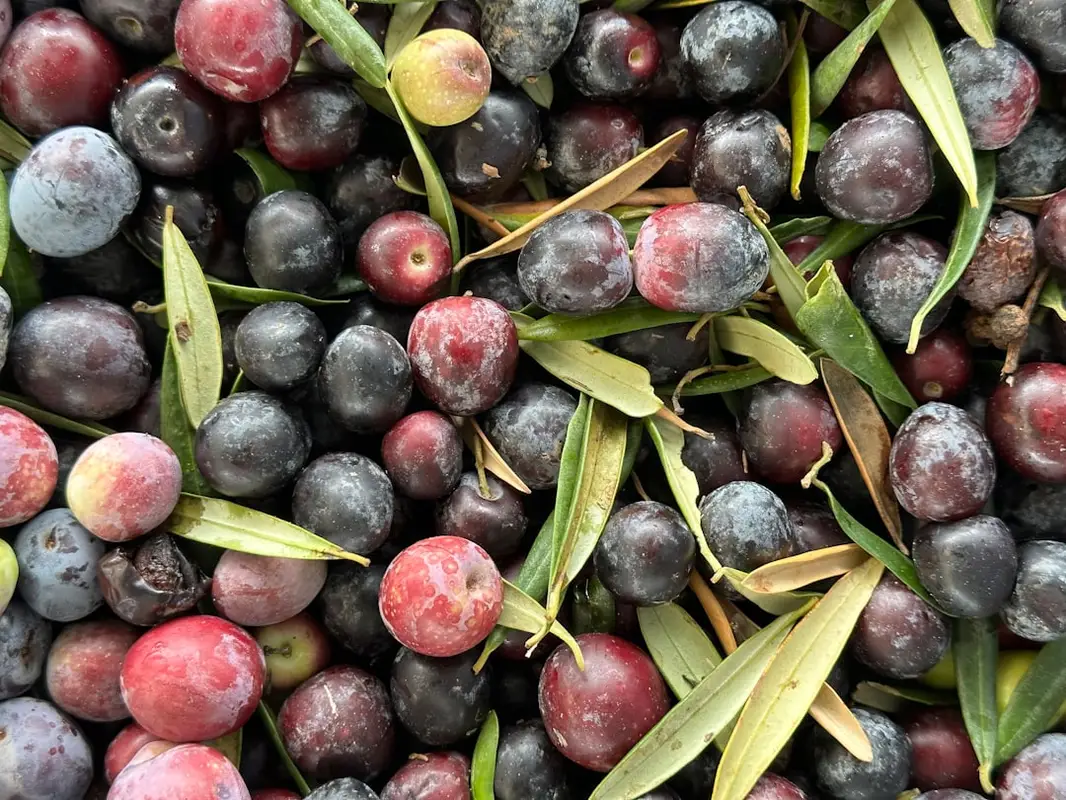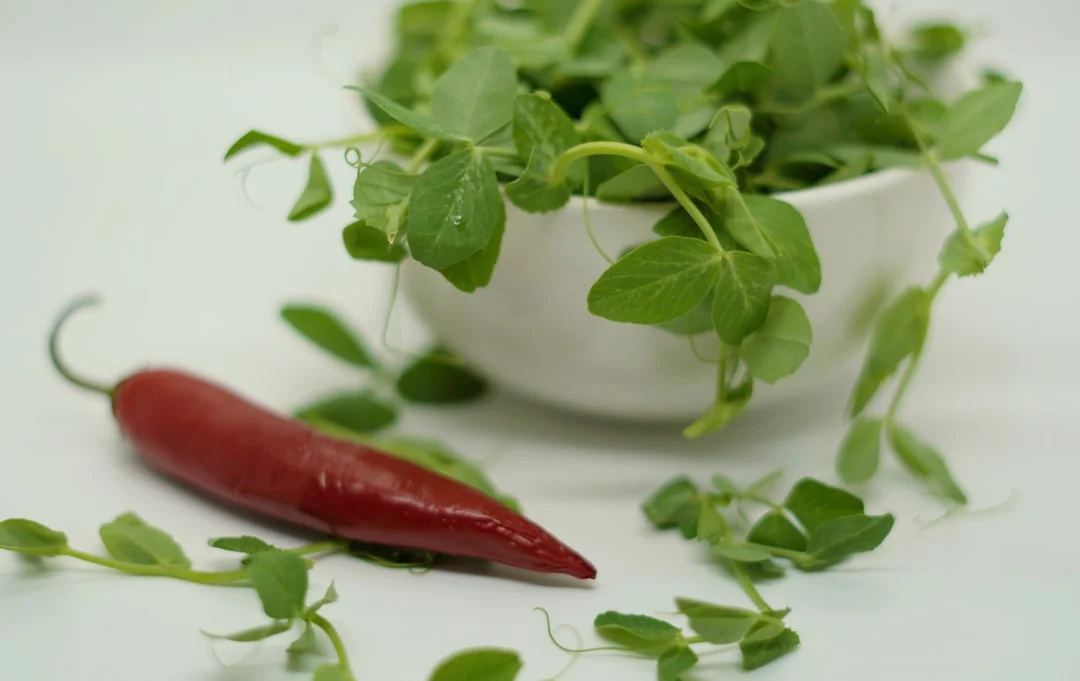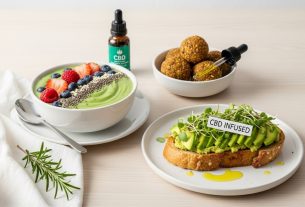Estimated Reading Time: 7 minutes
EEer feel like your body’s just not cooperating? Maybe it’s achy, stiff, or just plain inflamed. I get it.
Living with chronic pain or inflammation can be a real drag.
But the good news is, there’s a whole world of delicious, readily available foods that fight inflammation and pain, waiting to be explored.
This isn’t some magic bullet, mind you. It’s about making smart choices that can, over time, make a real difference in how you feel.
And trust me, it’s a journey worth taking.
This is not just about avoiding the bad stuff, but actively incorporating ingredients that help our bodies heal and thrive.
It’s about nourishing ourselves from the inside out. Let’s face it: when we eat poorly, it’s like tossing a wrench into the engine of our bodies.
But when we choose the right fuel, we’re giving it a tune-up, a fresh start.
So, let’s dive into some of the best foods that fight inflammation and pain and how they can transform your well-being.
Before we get to the good stuff, let’s get a handle on what we’re dealing with. Inflammation is your body’s natural response to injury or infection.
It’s a crucial part of the healing process.
However, when inflammation becomes chronic, it can contribute to a wide range of problems, including arthritis, heart disease, and even some types of cancer.
Pain, of course, is often a symptom of this inflammatory process. Imagine your body is constantly on red alert, even when there’s no immediate threat.
Many factors contribute to chronic inflammation, including poor diet, stress, lack of sleep, and environmental toxins.
Eating the wrong foods that fight inflammation and pain can exacerbate the problem.

Fast food, processed snacks, and sugary drinks are notorious culprits. That is why it is so important to carefully select the foods we eat.
I remember a time when I was struggling with persistent joint pain. I’d dismissed it as just getting older, something I had to live with.
It wasn’t until I started paying serious attention to my diet, swapping out processed foods for whole, vibrant ingredients, that I began to experience real relief.
It wasn’t a quick fix; it took time and consistency. But the difference was undeniable.
My energy levels went up, and the aches and pains slowly subsided. This personal experience fueled my passion for sharing this knowledge with others.
Now, let’s get to the fun part: the delicious, vibrant foods that fight inflammation and pain that can help you feel your best.
Here’s a list of some of the top contenders, brimming with anti-inflammatory power:
This is not an exhaustive list, of course, but it’s a great starting point.
Remember, the more of these foods you incorporate into your diet, the more your body will thank you.
Simply knowing which foods that fight inflammation and pain are helpful is only half the battle.
The real magic happens when you start to weave them into your daily routine. Here are some practical tips and ideas:
Remember, consistency is key. Don’t try to overhaul your entire diet overnight.
Start with one or two small changes per week and gradually build from there.
There’s a lot of misinformation out there about foods that fight inflammation and pain. Let’s clear up a few common misconceptions: Myth: “All fats are bad.”
Reality: Healthy fats, like those found in olive oil, avocados, and fatty fish, are essential for reducing inflammation.
They are not your enemy. In fact, they play an important role in cell function and the absorption of important vitamins. Myth: “Organic food is always better.”

Reality: While organic food is a great choice, it’s not always necessary to eat all organic.
Focus on incorporating a variety of whole, unprocessed foods, regardless of whether they’re organic. The key is to focus on real food.
Myth: “Supplements can replace a healthy diet.”
Reality: Supplements can be helpful, but they should never be a substitute for eating a balanced diet rich in foods that fight inflammation and pain.
Think of supplements as boosters, not replacements.
Let’s hear from some people who have experienced the benefits firsthand:
Sarah, a 45-year-old teacher, struggled with chronic back pain for years.
After a doctor suggested an anti-inflammatory diet, she made a radical change.
She started to emphasize incorporating the foods that fight inflammation and pain mentioned above.
Within a few months, her pain levels decreased significantly, and she felt more energetic.
“I’m finally able to keep up with my students!”, she exclaimed.
John, a 60-year-old retiree, was diagnosed with arthritis and was in constant pain.
The doctor suggested a focus on foods like salmon, spinach, and berries. He admitted he wasn’t thrilled with these changes at first.
But eventually, he incorporated these into his diet. He found relief he didn’t expect.
“I can garden again,” he told me with a smile, “and my meds went down!”
I asked Dr. Emily Carter, a registered dietitian specializing in anti-inflammatory diets, for her expert opinion.

“The impact of a diet rich in foods that fight inflammation and pain can be profound,” she says.
“It’s not just about managing symptoms; it’s about addressing the root cause of inflammation and promoting overall health.
By choosing the right foods, we can empower our bodies to heal and thrive.” Dr.
Carter recommends consulting with a healthcare professional before making any significant dietary changes, especially if you have underlying health conditions.
Embarking on a journey of choosing foods that fight inflammation and pain is about more than just alleviating symptoms; it’s about cultivating a healthier, more vibrant you.
It’s about making choices that support your body’s natural healing processes and empower you to live a more fulfilling life.
It’s about a long-term investment in your well-being.
By incorporating these nutritious, delicious foods into your daily life, you’re not just eating; you’re actively taking control of your health.
So, take it one step at a time. Experiment with new recipes. Discover what works best for your body. Your body will thank you.
Ready to continue your health journey? Sign up for our newsletter for more weekly health tips, recipes, and inspiration!
Frequently Asked Questions
How quickly can I expect to see results from an anti-inflammatory diet?
The timeline for seeing results varies greatly from person to person. Some individuals report feeling a difference in a few weeks, while others may need a few months to experience significant changes.
Factors such as the severity of your inflammation, your overall health, and how consistently you follow the dietary changes all play a role. Be patient, stay consistent, and listen to your body; even small improvements are a win!
Are there any foods I should avoid to reduce inflammation?
Yes, absolutely! To maximize the benefits of an anti-inflammatory diet, it’s essential to minimize or eliminate foods that promote inflammation. These include processed foods, sugary drinks and sweets, refined carbohydrates (white bread, pasta), red and processed meats, and excessive amounts of unhealthy fats.
Try replacing these foods with whole, unprocessed alternatives.
Can I combine an anti-inflammatory diet with medication?
Yes, it’s often a great idea. However, it’s crucial to consult with your doctor before making any changes. An anti-inflammatory diet can complement medications you’re already taking, potentially enhancing their effects and reducing the need for higher doses.
Your doctor can provide personalized advice based on your specific medical history and current treatment plan.
What if I don’t like some of the recommended foods?
That’s perfectly normal! The key to sticking with an anti-inflammatory diet is finding delicious and enjoyable alternatives. If you don’t like salmon, try other fatty fish like mackerel or sardines, or explore different ways of preparing it.
If you’re not a fan of spinach, try kale, collard greens, or other leafy greens. Experiment with various recipes and spices to find flavors you love. The goal is to create a sustainable, enjoyable eating plan.



